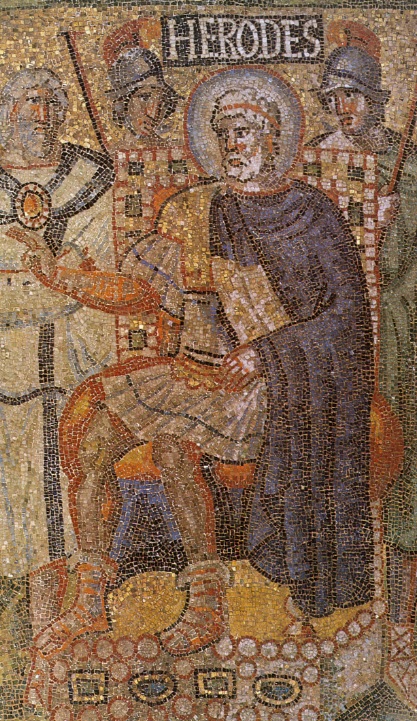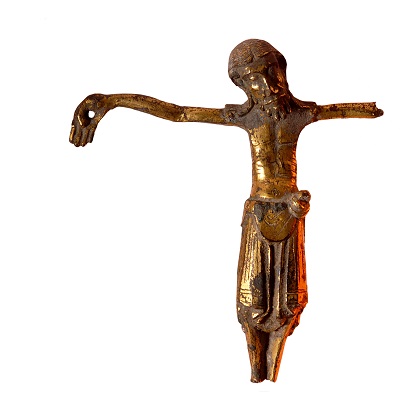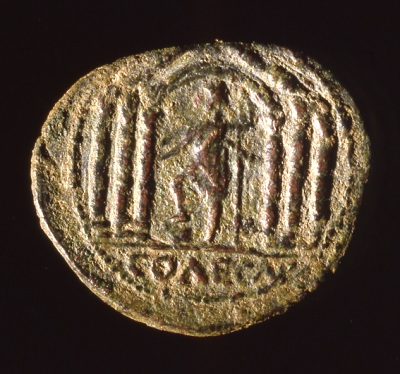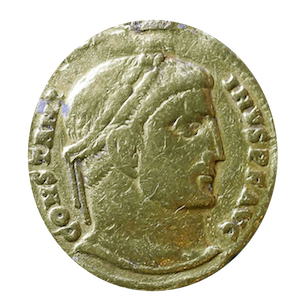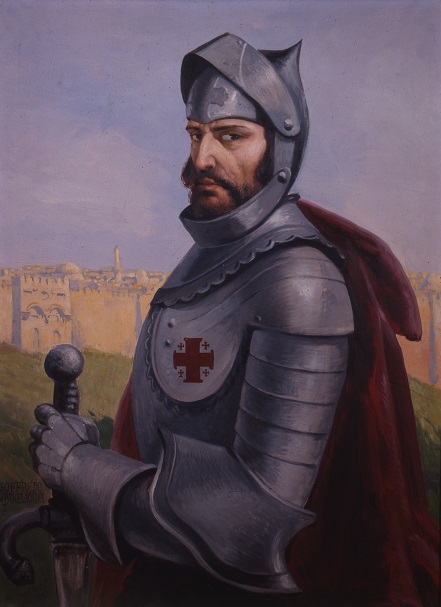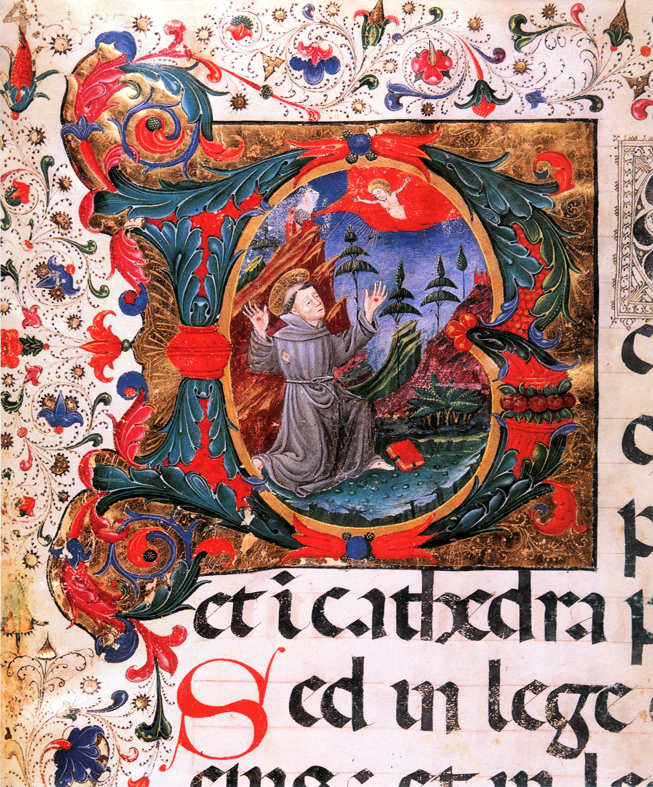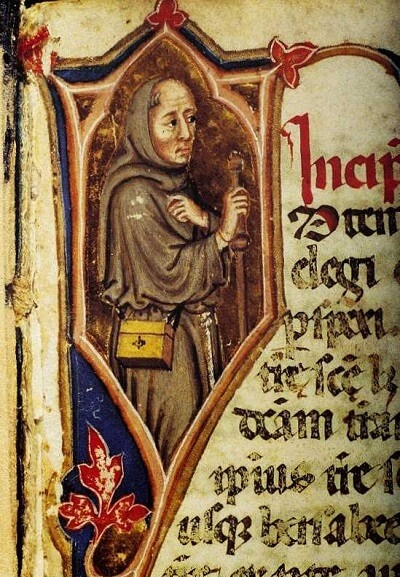Historical sources
From Herod to Suleiman the Magnificent, to the pilgrims of today
The following sources were selected for the multimedia installation Via Dolorosa
Psalm 122:1-2.8-9
I rejoiced with those who said to me,
Let us go to the house of the Lord.
Our feet are standing
in your gates, Jerusalem.
For the sake of my family and friends,
I will say, Peace be within you.
For the sake of the house of the Lord our God,
I will seek your prosperity.
Jesus is condemned to death (30 AD)
(Gospel of Luke 23:4-5)
Pilate then addressed the chief priests and the crowds, “I find this man not guilty.” But they were adamant and said, “He is inciting the people with his teaching throughout all Judea, from Galilee where he began even to here.”
(Gospel of Luke 23:44-46)
It was now about noon and darkness came over the whole land until three in the afternoon because of an eclipse of the sun. Then the veil of the temple was torn down the middle. Jesus cried out in a loud voice, “Father, into your hands I commend my spirit”; and when he had said this he breathed his last.
(Gospel of John 19:5-6)
So Jesus came out, wearing the crown of thorns and the purple cloak. And he said to them, “Behold, the man!” When the chief priests and the guards saw him they cried out, “Crucify him, crucify him!”
(Gospel of John 19:16-18)
Then Pilate handed him over to them to be crucified. So they took Jesus, and carrying the cross himself he went out to what is called the Place of the Skull, in Hebrew, Golgotha. There they crucified him, and with him two others, one on either side, with Jesus in the middle.
Conquest of the Antonia and destruction of Jerusalem (70 AD)
(Josephus Flavius, The Jewish War, V:466-467 [11,4])
For there were now four great banks raised, one of which was at the tower Antonia; this was raised by the fifth legion, over against the middle of that pool which was called Struthius. Another was cast up by the twelfth legion, at the distance of about twenty cubits from the other.
(Josephus Flavius, The Jewish War, VII:1)
Now as soon as the army had no more people to slay or to plunder, because there remained none to be the objects of their fury, (for they would not have spared any, had there remained any other work to be done,) Caesar gave orders that they should now demolish the entire city and temple, but should leave as many of the towers standing as were of the greatest eminency; that is, Phasaelus, and Hippicus, and Mariamne; and so much of the wall as enclosed the city on the west side.
Establishment of Aelia Capitolina by Emperor Hadrian (135)
(Epiphanius of Salamis, De mensuris et ponderibus 14)
Accordingly, he passed through the city of Antioch, went beyond Coele [sc. Coele-Syria] and Phoenicia, and arrived in Palestine, which is also called Judaea, 47 years after the devastation of Jerusalem. And he went up to Jerusalem, the celebrated and famous city, which Titus son of Vespasian destroyed in the second year of his reign. And he saw the entire city levelled to the ground, and the Temple of God ruined, except for a few houses and for the small church of God, which stood where the Disciples, who returned after the Saviour ascended from the Mount of Olives, went up to the upper chamber. For there it was built, that is in the part of ‘Zion’ that escaped the devastation; and [there were] parts of houses around ‘Zion’ itself and seven synagogues, which stood alone in ‘Zion’ merely as huts, of which one survived to the time of Maximonas the Bishop and the Emperor Constantine ‘as a cottage in a vineyard’ according to the scripture. At all events, Hadrian intended to build the city, and not the temple. And after he took Aquila, the above-mentioned translator, who was a pagan – since Hadrian himself was a pagan, and Aquila was the brother-in-law of the Emperor himself and originated from Sinope in Pontus – he appointed him to that place in Jerusalem as an overseer of the building works of the city, after he gave the city, which was being built, his own name and the designation of the imperial name. For as he was called Aelius Hadrianus, so he called the city Aelia.
Emperor Constantine’s letter to Macarius (326)
(Eusebius of Caesarea, De vita Constantini 3: 30-31)
Victor Constantinus, Maximus Augustus, to Macarius (Bishop of Jerusalem)… I have no greater care than how I may best adorn with a splendid structure that sacred spot, which, under Divine direction, I have disencumbered as it were of the heavy weight of foul idol worship; a spot which has been accounted holy from the beginning in God’s judgment, but which now appears holier still, since it has brought to light a clear assurance of our Saviour’s passion. It will be well, therefore, for your sagacity to make such arrangements and provision of all things needful for the work, that not only the church itself as a whole may surpass all others whatsoever in beauty, but that the details of the building may be of such a kind that the fairest structures in any city of the empire may be excelled by this. And with respect to the erection and decoration of the walls, this is to inform you that our friend Dracilianus, the deputy of the Prætorian Præfects, and the governor of the province, have received a charge from us.
Emperor Heraclius conquers Jerusalem (628)
(Eutychius, Annals, XVIII:7)
When he [Heraclius, Byzantine Emperor from 610 to 641 AD] entered the city and saw what the Persians had destroyed and burned, he experienced a deep sadness. … Heraclius made the monk Modestus, who was abbot of the Monastery of Theodosius, the Patriarch of Jerusalem, and ordered him to go with him to Damascus where he gave him a portion of the money that had been collected and of the funds for Palestine, so that all the churches in Jerusalem destroyed by the Persians might be rebuilt.
Letter of the Caliph Umar to Sophronius, Patriarch of Jerusalem (638)
(Eutychius, Annals, II:17-19)
Sophronius, patriarch of Jerusalem, then went to `Umar ibn al-Khattab. `Umar ibn al-Khattab granted him his protection, and wrote them a letter which stated that: “In the name of God, the gracious and merciful. From `Umar ibn al-Khattab to the inhabitants of the city of Aelia (80). He granted them a guarantee of their persons, their children, their property and their churches because this /last/ are not to be destroyed nor reduced to places of residence” and swore this in the name of Allah.
(Yahia ibn Said, Annals, CSCO Ser III, t. VII:195. XI cent.)
Hakim wrote in Syria to Baruch, who was in Ramleh, for him to demolish the church of the resurrection so that no trace of it remained. … [ they] took possession of all the church furnishings and they destroyed the building completely, leaving only something that was very difficult to destroy. They also destroyed the Calvary and the church of St. Constantine and everything that was in their surroundings, and they tried to eliminate the holy remains… This destruction began on Tuesday the fifth day before the end of the month of Saffar in year 400 of the Hejira.” (18 Octobre 1009)
The conquest of Jerusalem by the Crusaders (July 15, 1099)
(Fulcher of Chartres, Chronicle of the First Crusade, 27-29)
Then the Franks entered the city magnificently at the noonday hour on Friday, the day of the week when Christ redeemed the whole world on the cross. With trumpets sounding and with everything in an uproar, exclaiming: “Help, God!” they vigorously pushed into the city, and straightway raised the banner on the top of the wall. … Then, going to the Sepulchre of the Lord and His glorious Temple, the clerics and also the laity, singing a new song unto the Lord in a high-sounding voice of exultation, and making offerings and most humble supplications, joyously visited the Holy Place as they had so long desired to do.
(Anonymous, Gesta Francorum Iherusalem expugnantium, 32)
… Inside the city Christians also venerate the scourging of Jesus Christ, his crowning and mocking, and other things he suffered for our sake. But nowadays it is not an easy matter to discover where they took place, particularly because since those days the city itself has been so often overthrown and destroyed.
Prayers of ancient pilgrims
(Travels of Egeria, XXXVI:3)
On their arrival at Gethsemane, first a suitable prayer is made, then a hymn is said, then the passage of the Gospel is read where the Lord was taken. And when this passage has been read there is so great a moaning and groaning of all the people, together with weeping, that their lamentation may be heard perhaps as far as the city. From that hour they go with hymns to the city on foot.
(Fra Ricoldo da Monte Croce, Itinerario, 1296)
And then coming (from the Probatica), we found the house of Herod and, nearby, the house of Pilate, where we saw the Lithostrotos, the place where the Lord was judged …
(St. Francis of Assisi)
May the power of your love, Lord Christ, fiery and sweet as honey,
so absorb our hearts as to withdraw them from all that is under heaven.
Grant that we may be ready
to die for love of your love,
as you died for love of our love
Original version in Latin
Absorbeat, quaeso, Domine, mentem meam et cor meum
ignita et melliflua vis amoris Tui ab omnibus quae mundo sunt;
ut amoris Tui moriar,
qui pro amore amoris mei dignatus es mori
(Anonymus 1180, L’estat de la citez de Iherusalem, 86)
At the end of the street there is a gate leading to the Temple which is called the Sorrowful Gate. From there Our Lord Jesus Christ went to Mount Carvary to be crucified
(Father Giuseppe Roncalli who will become pope John XXIII, in Marco Adinolfi e Gian Battista Bruzzone, In Terra Santa con i papi, p. 92)
… And it seemed to me that in the sweet harmony of our souls responds the echo of all the souls who over centuries have come here to pray: souls of apostles, of knights, of saints.
(Pope Benedict XVI, in Benedetto XVI in Terra Santa)
Standing in this holy place, and pondering that wondrous event, how can we not feel “cut to the heart” (Acts 2:37), like those who heard Peter’s first preaching in Jerusalem?
